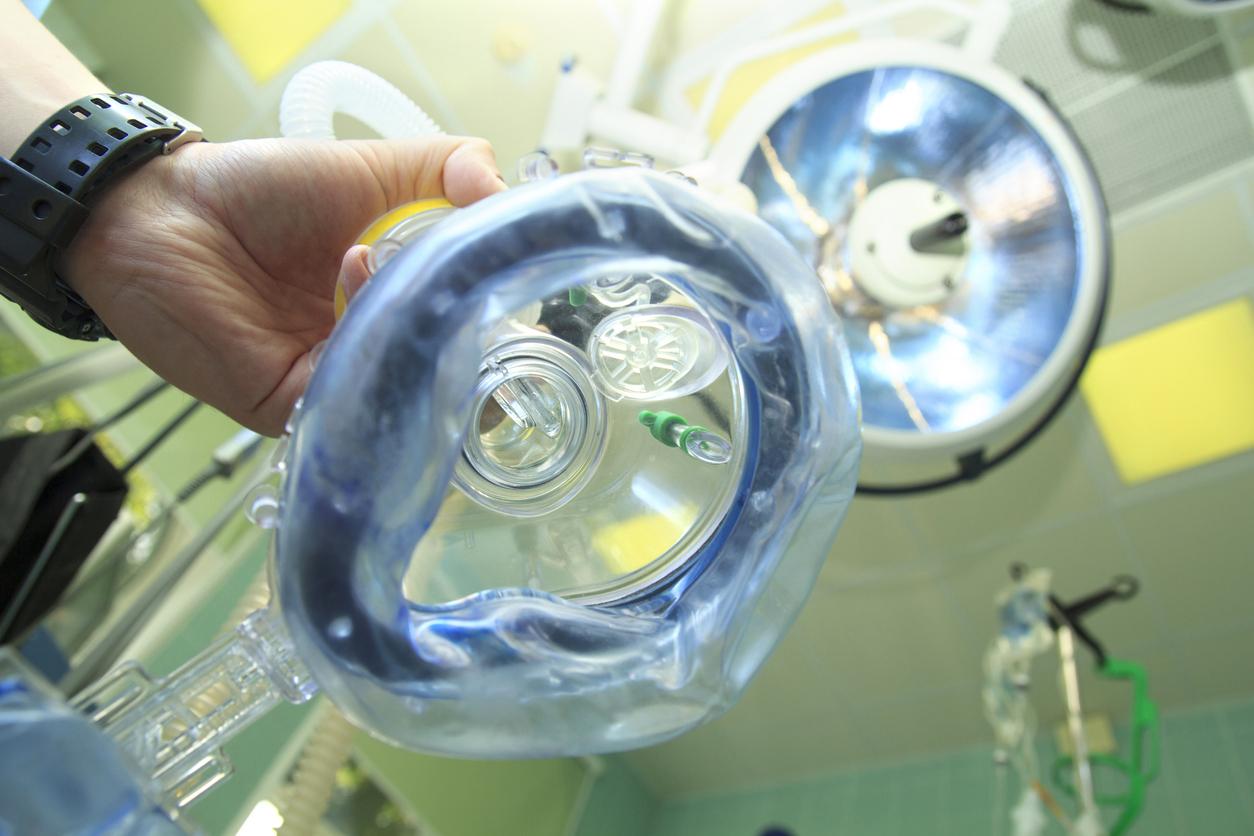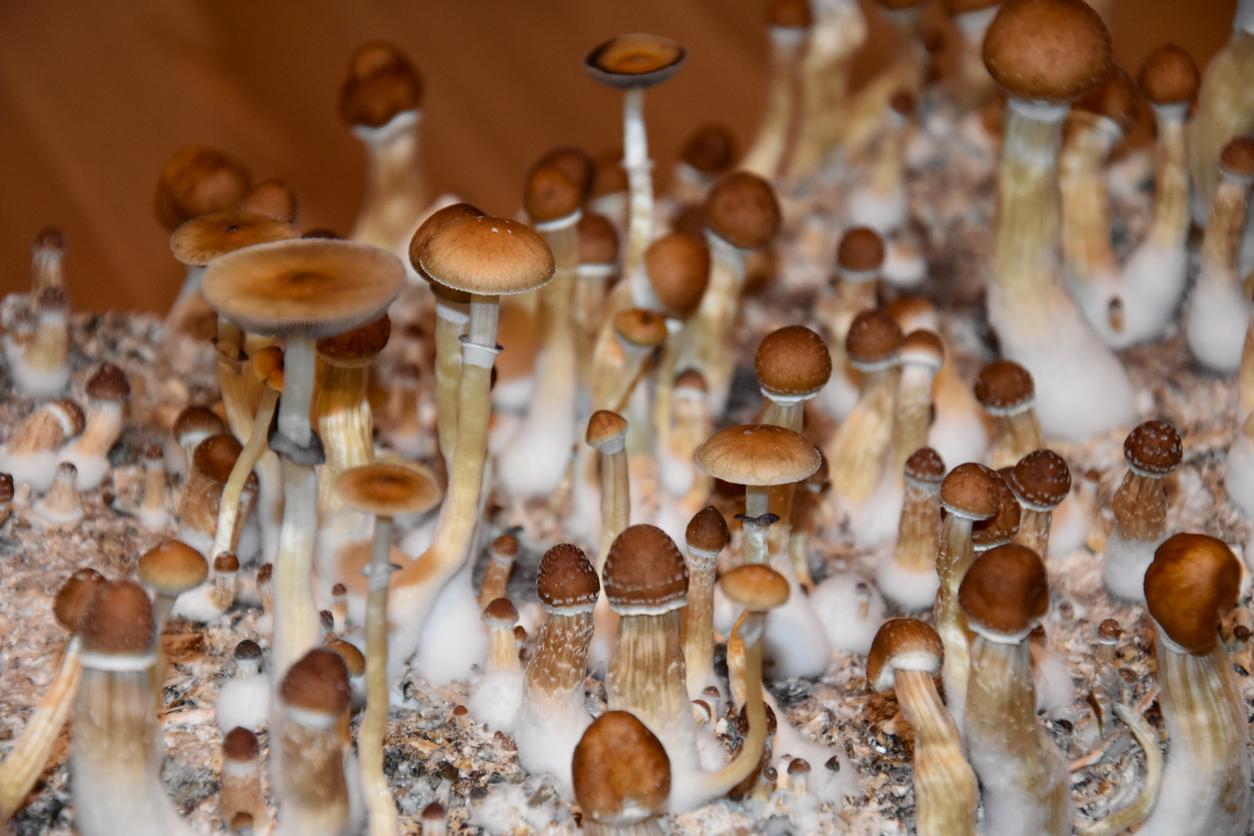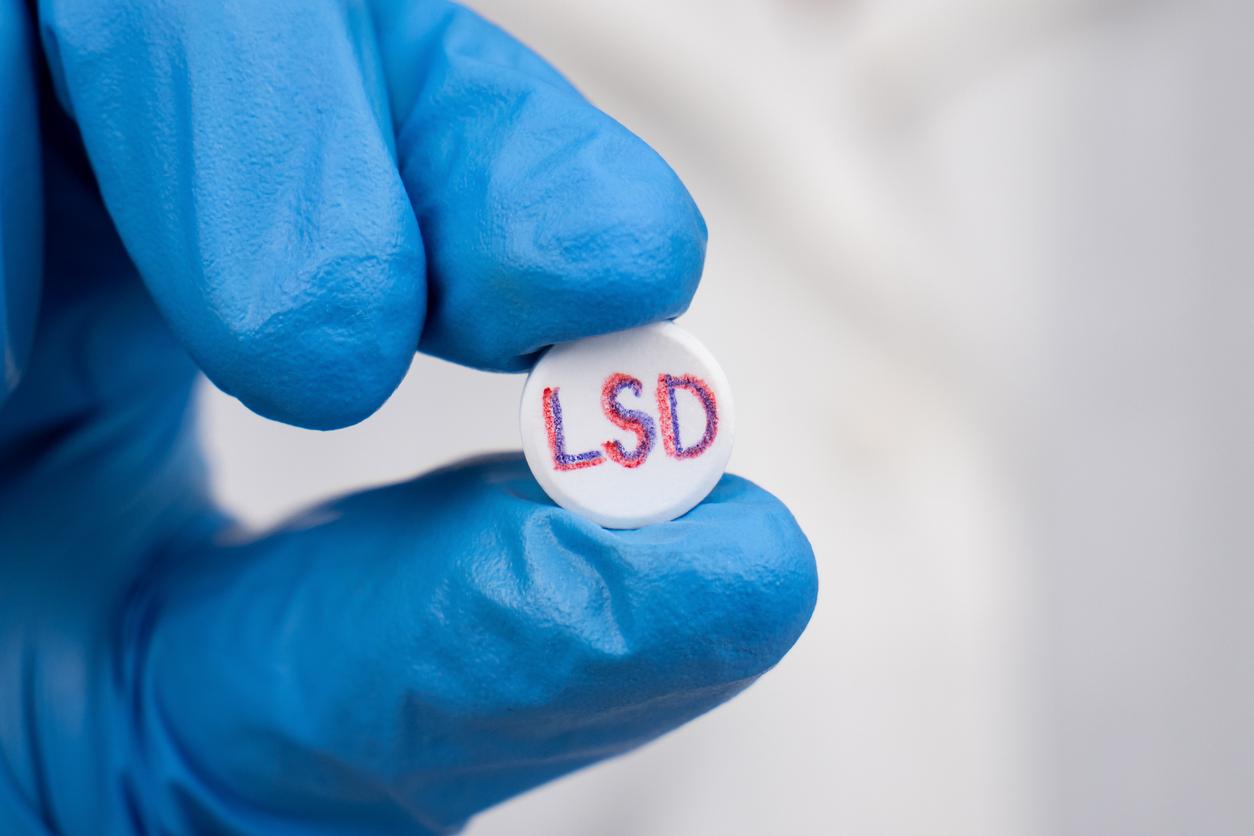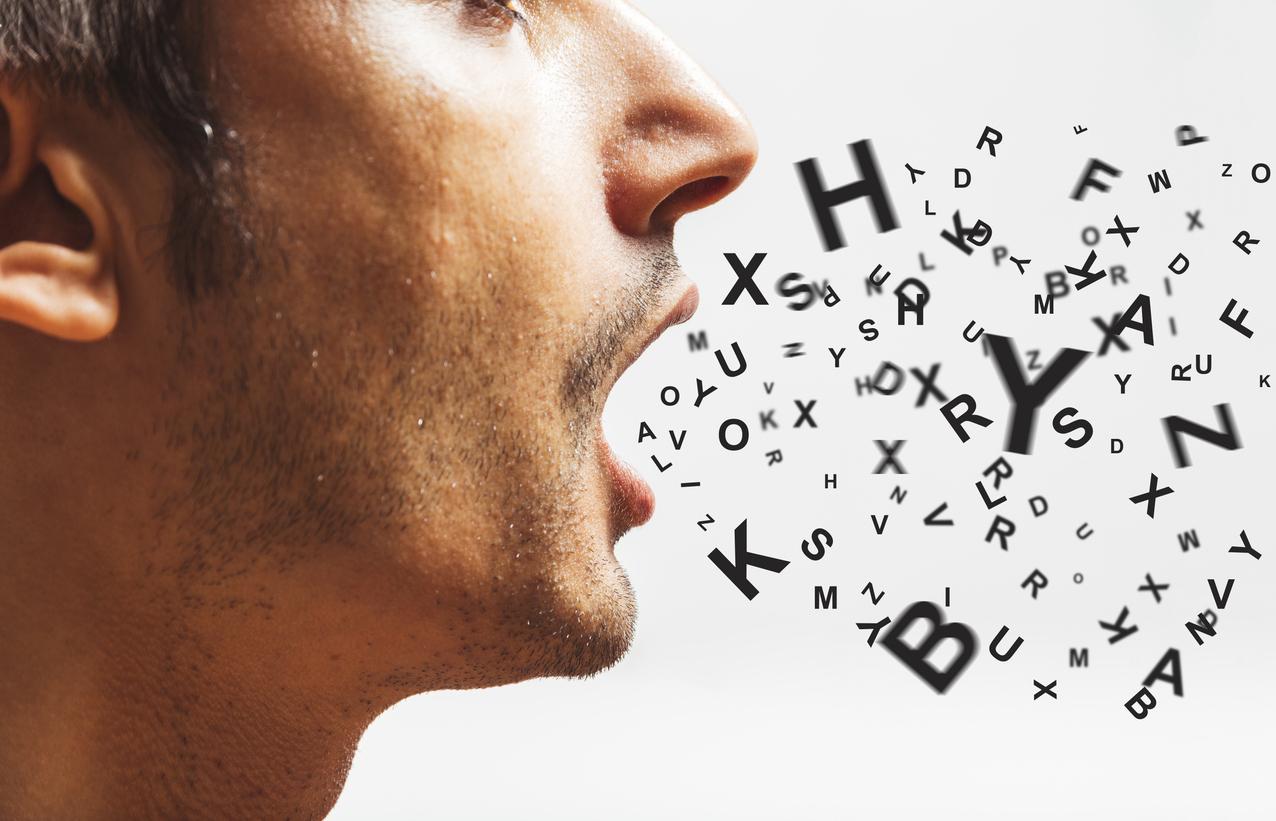Researchers have studied the psychedelic effects of nitrous oxide, used clinically as an anesthetic to dull pain since the 19th century, and colloquially known as laughing gas.

- Researchers have studied the effects of “laughing gas” on the brain.
- As with LSD and ketamine, nitrous oxide causes an altered state of consciousness visible on brain functional magnetic resonance imaging (or fMRI).
- The misuse of nitrous oxide has been a dangerous phenomenon identified for several decades, particularly in the festive environment and has been the subject of reports of serious bodily harm.
Effects on the brain similar to psychedelic drugs such as LSD or even ketamine : this is the discovery of a team of American researchers from the Michigan Psychedelic Center, who closely examined the neurobiology of nitrous oxide for a new study.
The misuse of nitrous oxide is dangerous
Originally used as an anesthetic, nitrous oxide, also called “laughing gas“is increasingly diverted from its medical use, not without risks, recalls the Government mission to fight against drugs and addictive behavior (Mildeca) which reports dozens of serious cases over the past two years:
“Immediate risks: asphyxiation due to lack of oxygen, loss of consciousness, burning by the cold of the expelled gas, disorientation, dizziness, falls in particular. In case of repeated consumption and at short intervals and / or in high doses, severe neurological, hematological, psychiatric or cardiac disorders may occur.”.
This gas is sold in the form of cartridges (for whipped cream siphons for example) or cylinders in local shops (groceries, supermarkets) and on the internet. Its misuse is to inhale the gas through a balloon, after having “cracked” the cartridge to open it. The product, inexpensive, is consumed by some adolescents and young adults who seek the fast, fleeting, euphoric effect and sensory distortions felt with this product, indicates Mildeca.
Indeed, it can induce small amounts of altered mental experiences, including feelings of bliss, spirituality, and a sense of being out of body, much like those induced by the psychedelics LSD and ketamine. .
Laughing gas affects certain parts of the brain
And the similarities do not end there, according to the American researchers. According to their study, participants under the influence of each psychedelic drug showed decreased brain connectivity within a particular network, and increased brain connectivity between different networks. Thus, each drug increased connectivity in the form of nodes between the right temporoparietal junction and the intraparietal sulcus in both hemispheres of the brain, as well as between the precuneus and the left intraparietal sulcus, detail the scientists.
“These nodes are located in what is known as the cortical “hot zone” of the brain, an area believed to be critical in determining the content of conscious experience. This could help explain the altered states of consciousness described by people who have used these psychedelics”, they write.

















